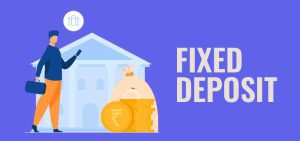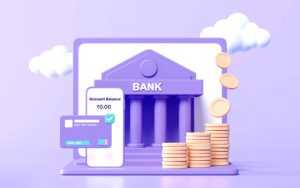What Is Good Debt And Bad Debt For A Small Business?

Debt is often viewed as a four-letter word in both personal and professional spheres. It comes with a lot of misconceptions and fears, many of which are not entirely unwarranted. However, for small business owners, the relationship with debt can be more nuanced. Not all debt is bad, and in some cases, taking on certain types of debt can actually propel your business forward.
In this blog post, we’re diving deep into the world of good debt and bad debt for small businesses. Knowing the difference can mean the difference between a thriving enterprise and a failing one.
1. Good Debt: Investments In Tangible Assets
When your business borrows money to invest in tangible assets like machinery, office equipment, or property, this is generally considered “good debt.” These assets can help generate revenue and increase the overall value of your business. Essentially, good debt can be thought of as an investment that will generate a return over time.
More tips in this blog post can help you evaluate the ROI (Return on Investment) for any tangible asset you’re considering. Always do a cost-benefit analysis to ensure the asset’s potential for revenue generation outweighs the interest and fees associated with the debt.
2. Bad Debt: Funding Operational Expenses
If you find yourself borrowing money to meet basic operational costs like rent, utilities, and wages, this is generally categorized as “bad debt.” Such borrowing can create a vicious cycle, leaving you with ever-mounting interest and less money to run your business. When operational expenses are funded through debt, it indicates that the business model might not be sustainable in the long run.
3. Good Debt: Skill And Product Development
Investing in training courses for you and your employees or developing new products are examples of what could be considered good debt. Such investments can enhance the skill set within your company and open new revenue streams, contributing to long-term growth.
However, like tangible assets, always measure the expected return before diving in.
4. Bad Debt: Unplanned Or Frivolous Spending
Taking out debt to fund a fancy office setup, throw an elaborate launch party, or other expenses that don’t directly contribute to revenue generation is generally a bad idea. This kind of spending can quickly deplete your resources and leave you in a financially tight spot with little to show for it.
5. Good Debt: Strategic Business Expansion
Perhaps you’ve identified a new market or a location that promises a high return. Borrowing money to fund such strategic expansion can be categorized as good debt. But again, caution is key. Extensive market research and financial forecasting are essential to determine if the expansion will be profitable.
6. Bad Debt: Speculative Ventures
If you’re thinking of borrowing money for a business venture based solely on speculation or trends, be wary. Whether it’s investing in an untested market or stocking up on inventory because “it’s sure to sell,” speculative ventures are risky and best avoided as they can land you in the bad debt zone.
7. Good Debt: Refinancing For Lower Interest Rates
Refinancing existing debt at lower interest rates can ease your financial burden and free up some cash flow. If you’re swapping a high-interest loan for one with significantly lower rates and better terms, you’re likely taking on what would be considered good debt.
8. Bad Debt: Using Personal Credit For Business
Blurring the lines between personal and business finances is generally a bad idea. Not only does it make accounting more complex, but it can also put your personal assets at risk.
Plus, personal credit often comes with higher interest rates when used for business, translating to bad debt.
Conclusion
Understanding the difference between good and bad debt can make all the difference in your small business venture. While good debt acts like an investment with promising returns, bad debt can be a quicksand trap, pulling your business down.
Always make informed decisions based on comprehensive cost-benefit analyses and, when in doubt, consult with financial advisors to steer your business in the direction of sustainable growth.






